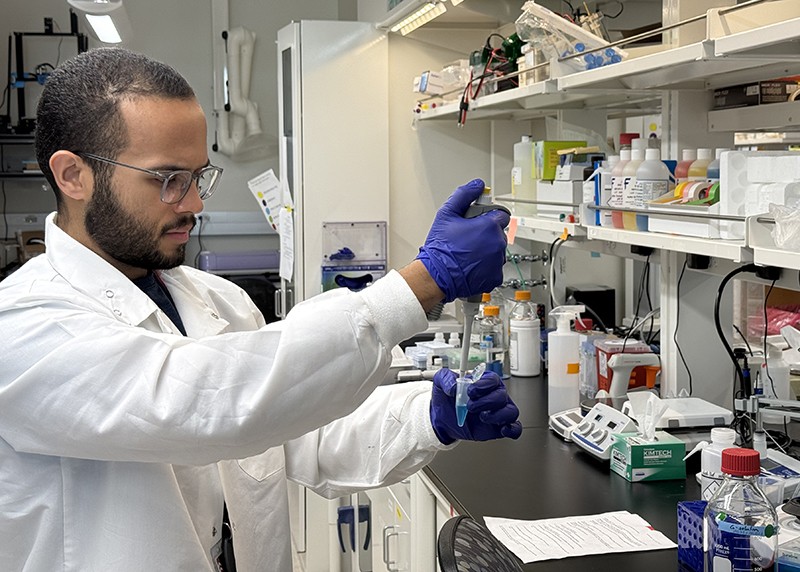China's "Artificial Sun" Just Smashed the Record for Stable Fusion Reaction
Scientists claim that China's "artificial Sun" nuclear reactor has more than doubled its own world record, confining extremely high-energy plasma for a whopping 1,066 seconds this week. That's in comparison to its previous record of 403 seconds, set in 2023. Using the Experimental Advanced Superconducting Tokamak (EAST), scientists heated plasma to temperatures over 100 million degrees Celsius and managed to contain the swirling soup of atoms for almost 17 minutes. The goal is to essentially recreate the processes that power stars like the Sun inside nuclear fusion reactors as a way to produce a renewable source of green energy […]


Sun Intended
Scientists claim that China's "Artificial Sun" nuclear reactor has more than doubled its own previous world record, confining extremely high-energy plasma for a whopping 1,066 seconds this week (that's in comparison to its previous record of 403 seconds, set in 2023.)
Using the experimental reactor known as the Experimental Advanced Superconducting Tokamak (EAST), scientists heated plasma to temperatures over 100 million degrees Celsius, and managed to contain the swirling soup of atoms for over 17 minutes.
The goal is to essentially recreate the processes that power stars like the Sun inside nuclear fusion reactors here on Earth as a way to produce a renewable source of green energy — without running the risk of a nuclear meltdown, which still lingers at fission reactors like the Fukushima Daiichi plant that melted down in 2011.
"A fusion device must achieve stable operation at high efficiency for thousands of seconds to enable the self-sustaining circulation of plasma, which is critical for the continuous power generation of future fusion plants," said Institute of Plasma Physics under the Chinese Academy of Sciences (ASIPP) director Song Yuntao in an official statement.
Holy Grail
It's a step in the right direction, but a future in which fusion reactors can take up the mantle for grid-scale power generation remains a holy grail.
Despite decades of research and countless "breakthroughs," scientists have only recently started producing tiny amounts of net positive energy, or harvesting more energy out of the reaction than they had to put in — and doing so at a meaningful scale will likely prove enormously difficult.
The EAST is a donut-shaped reactor that's designed to confine highly energized plasma spinning in a loop. But to achieve ignition, or reach the point where the reaction can self-sustain itself, still requires copious amounts of energy, far surpassing the amount being generated.
Scientists are nonetheless hopeful that future reactors could flip that equation on its head. The super-expensive International Thermonuclear Experimental Reactor (ITER) in France, for instance, could set the stage for future fusion reactor designs that could turn the idea of fusion energy into a reality.
But we'll have to remain patient until we can find out whether that's even a possibility. Operations at ITER aren't expected to start until at least 2039, despite the reactor finishing construction over half a year ago.
More on fusion: Scientists Say Secret to Fusion May Lie in Hellmann's Mayonnaise
The post China's "Artificial Sun" Just Smashed the Record for Stable Fusion Reaction appeared first on Futurism.
What's Your Reaction?








































